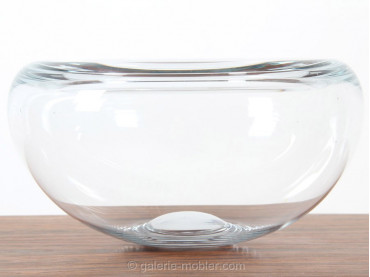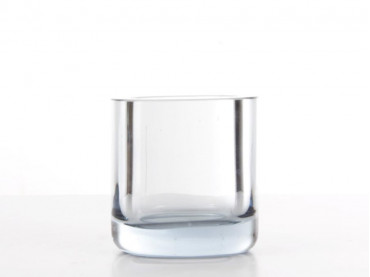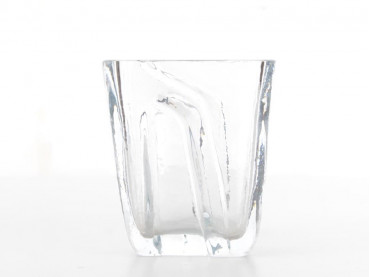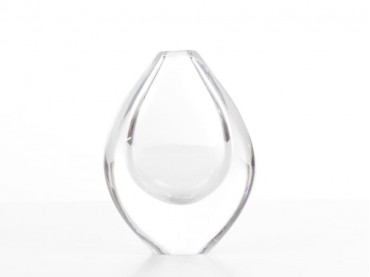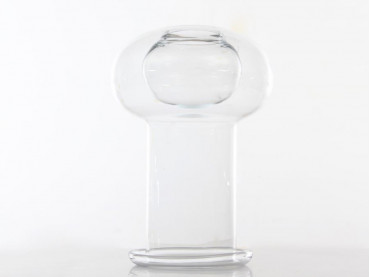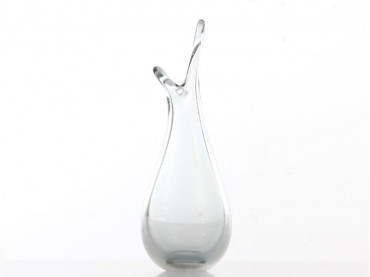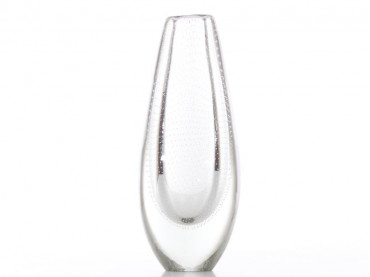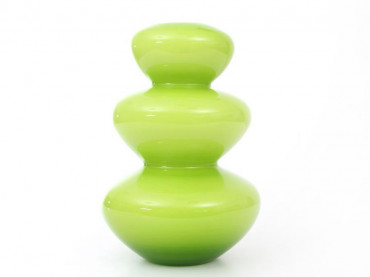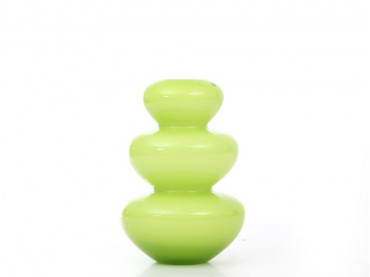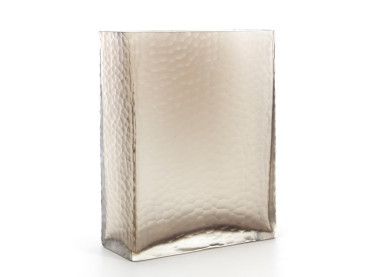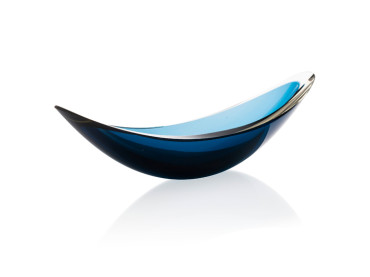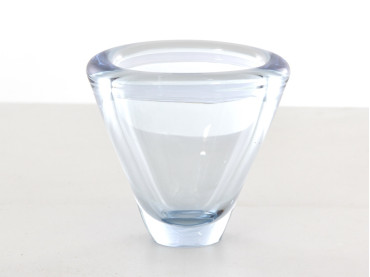Glassware
Glassmaking is a major art in Scandinavia and mainly in Sweden. The Mobler gallery offers you a selection of vintage and contemporary pieces of Scandinavian glassware created in the largest Nordic glassworks, such as Kosta Boda or Orrefors.
A brief history of Scandinavian glassware
Scandinavian glass craftsmanship, a heritage passed down through the ages, is a precious treasure. Scandinavian homes, of all generations, are decorated with bright and colorful objects from renowned workshops such as Holmegaard, Kosta Boda, Orrefors, Strömbergshyttan, and many other prestigious brands. Scandinavia, although limited in natural resources, has long based its economy on trade, alongside fishing. From the 16th century, the region developed a prosperous glass industry, taking advantage of the abundant sand present.
Swedish know-how in glassware is undeniable. The "Kingdom of Glass" is located in the Småland region of southern Sweden, where most of the glass companies, such as Hovmantorp, Lessebo, Kosta, Boda and Orrefors, call home. Most companies adopt the name of their municipality of establishment.
To illustrate the longevity of know-how, let's take the example of Orrefors, a Swedish brand established since 1898. It merged with Kosta Boda in 1989 to become "Orrefors Kosta Boda AB". As the 1980s progressed, the company intensified its design efforts, creating glass pieces with a complexity reminiscent at times of Venetian work.
The history of Strömbergshyttan glassworks is also fascinating. Founded in 1876 as Lindefors Glasbruk, it was renamed in 1933 after its acquisition by Edvard Strömberg, a former manager of Orrefors. His wife, designer Gerda Strömberg, played a key role in structuring the product range and image of the now-defunct brand. Strömbergshyttan glass objects are distinguished by their purity, robustness, and thick walls reaching up to 8 to 9 mm. They are sold at high prices, especially in the United States.
The workshop continued its activity under the aegis of the Strömberg family until 1976, when it was bought by Orrefors. The workshop gave its name to the municipality of Hovmantorp in 1940, which is known today as Strömbergshyttan. The factories closed in 1979 after the takeover by Orrefors.
The refined work of Strömbergshyttan glassworks should not be confused with that of Studioglas Strömbergshyttan, established in 1987 in the same municipality, then merged with Bergdala glassworks in 2008, now known as Bergdala Studioglas.
Crossing the western border of Sweden, we arrive in Denmark, home of the Holmegaard brand, created in 1825. This glassworks, today part of the Rosendahl family group, played a leading role in 20th century design.
Holmegaard's story is in part a women's story. After the death of her husband, Countess Henriette Danneskiold-Samsøe took the initiative to create the glassworks in Holmegaard Mosen, a town located southwest of Copenhagen, on the island of Zealand. Production began in 1825 with classic green bottles, but quickly diversified to include clear glass, thanks to Henriette's vision.
Several master glassmakers, designers and artists contributed to enriching the Holmegaard range from the beginning of the 20th century. The brand continues to collaborate with renowned Danish artists. Per Lütken is one of the essential names. This master glassmaker left an indelible mark on Holmegaard products by designing and creating more than 3,000 models. The collaboration continued for more than half a century, from 1942 until Per Lütken's death in 1998. His work was highlighted even today, while his pieces are less common outside from Denmark and are sold at relatively high prices. Holmegaard objects are an integral part of Danish daily life, passed down from generation to generation.

